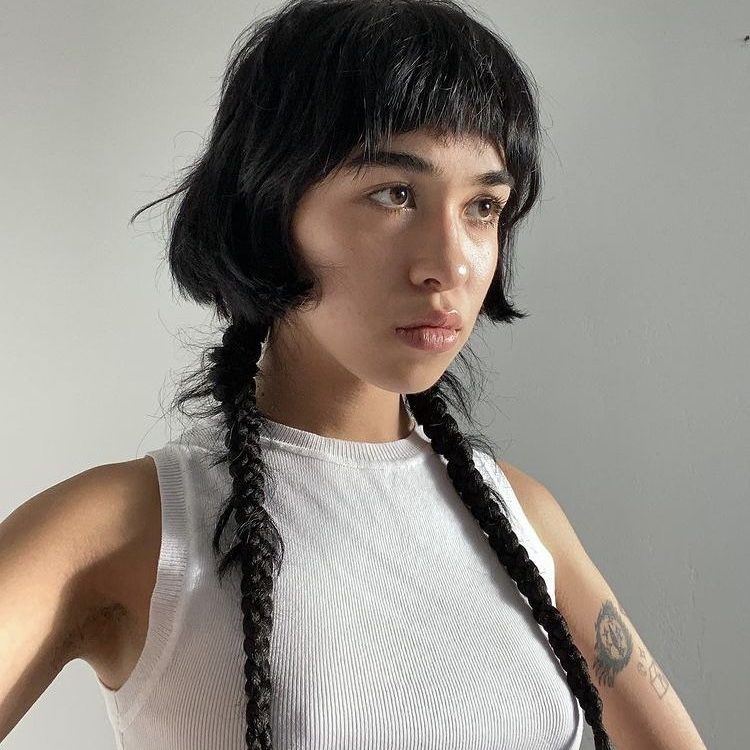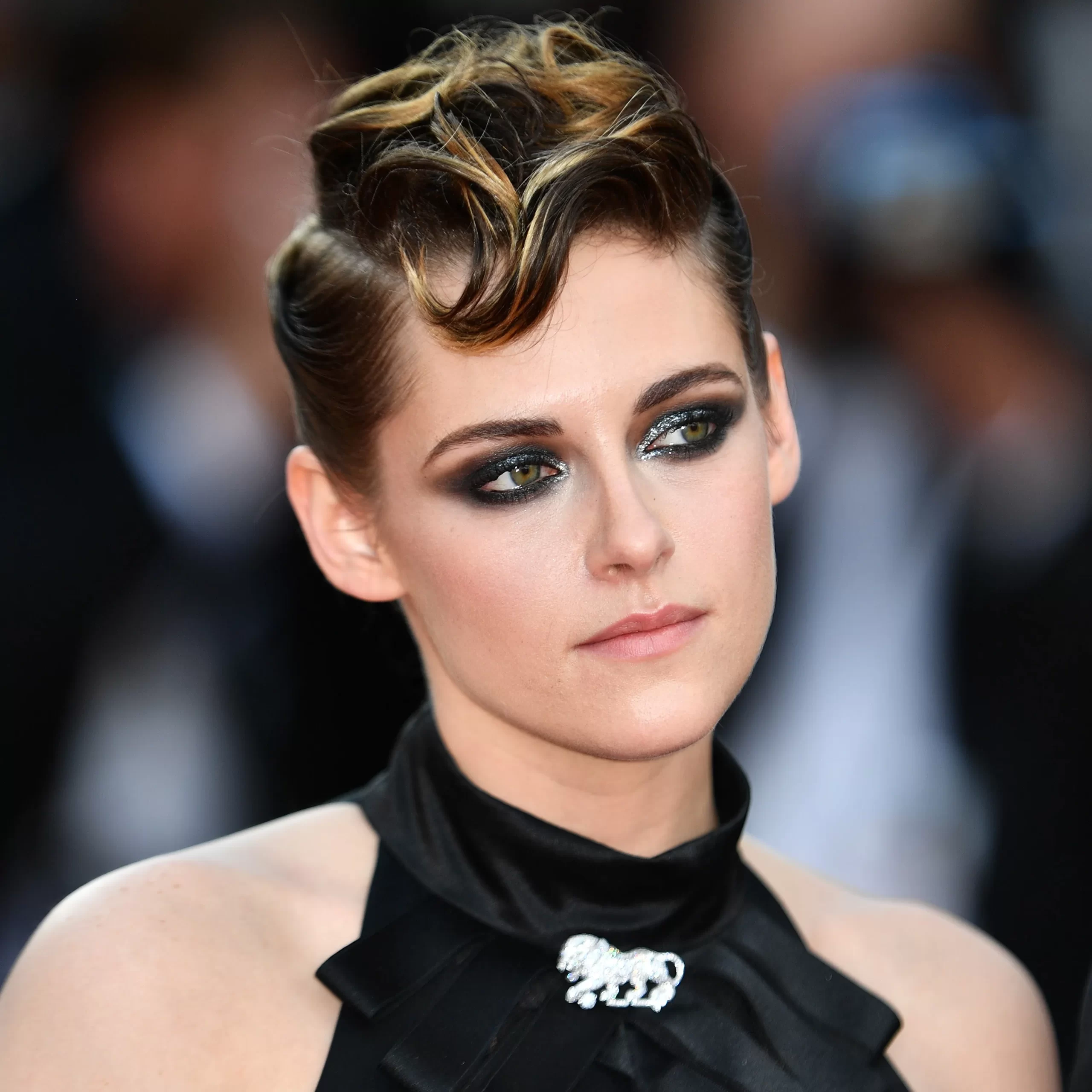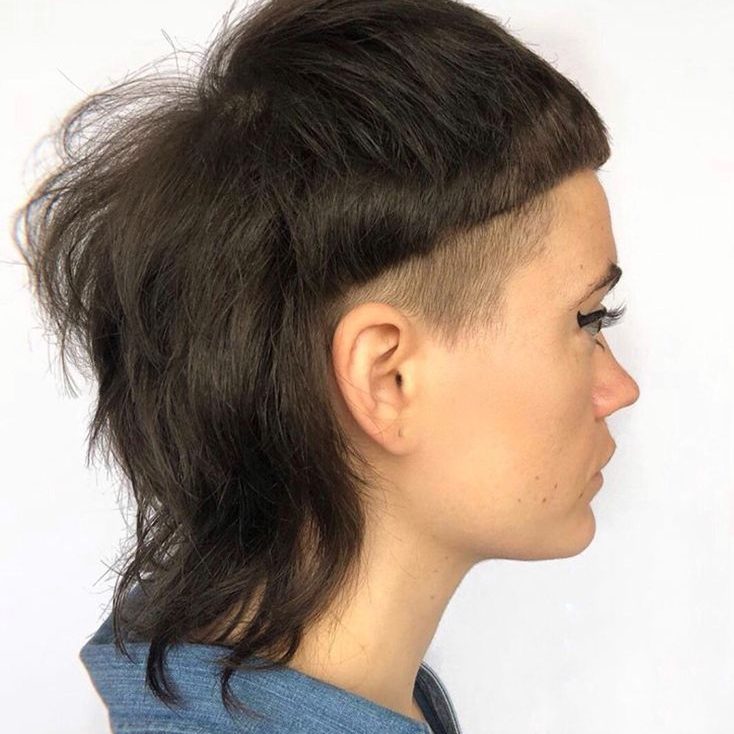
The Rattail Hairstyle: A Controversial Trend That Refuses to Die
The Rattail Hairstyle: A Controversial Trend That Refuses to Die
The rattail hairstyle, characterized by a thin, long strand of hair at the nape of the neck, has been a subject of fascination, ridicule, and cult following for decades. This unique and often polarizing hairstyle has experienced multiple resurgences throughout the years, captivating the hearts of rebels and fashion risk-takers alike. From its humble beginnings to its current status as a nostalgic throwback, the rattail continues to spark conversations and turn heads wherever it appears.
The Origins and Evolution of the Rattail
The rattail hairstyle first gained prominence in the 1980s, emerging as a bold statement against conventional haircuts. Its exact origins remain somewhat murky, but many attribute its popularization to the punk and new wave subcultures of the time. The style quickly spread beyond these niche groups, finding its way into mainstream fashion and popular culture.
Initially, the rattail typically accompanied short or buzzed hair on the rest of the head, creating a stark contrast between the closely cropped sides and back and the long, thin tail. As the style evolved, variations began to emerge. Some wearers opted for longer hair on top while maintaining the signature tail, while others experimented with multiple rattails or incorporated the tail into more elaborate hairstyles.
The 1990s saw the rattail reach its peak popularity, with the style adorning the heads of both children and adults. Celebrities and musicians helped fuel the trend, with figures like Shawn Michaels in professional wrestling and various rock stars sporting the look. The rattail became a symbol of nonconformity and youthful rebellion, appealing to those who wanted to stand out from the crowd.
The Anatomy of a Rattail
A classic rattail consists of a thin section of hair, typically no wider than an inch, left to grow long at the base of the skull. The rest of the hair is usually cut short or styled in various ways, creating a distinct contrast with the tail. The length of the tail can vary greatly, from just a few inches to reaching well past the shoulders or even down to the waist in extreme cases.
Styling a rattail offers numerous possibilities. Some wearers prefer to leave it loose and natural, allowing it to hang freely. Others might braid the tail for a neater appearance or to add texture. More elaborate styling options include wrapping the tail around the head like a crown, incorporating it into a ponytail or bun, or even adorning it with beads or other decorative elements.
Maintenance of a rattail requires some dedicated care. The tail itself needs regular washing and conditioning to prevent tangling and keep it looking healthy. Trimming the ends periodically can help avoid split ends and maintain the desired length. For those with shorter hair on the rest of the head, regular cuts or trims are necessary to maintain the contrast between the short hair and the long tail.
The Cultural Impact and Symbolism of the Rattail
Throughout its history, the rattail hairstyle has carried various cultural meanings and associations. In its early days, it represented a rejection of mainstream fashion norms and a symbol of individuality. The style became particularly popular among young people seeking to express their rebellion against societal expectations.
In some subcultures, the rattail took on specific significance. Within certain punk and alternative scenes, it became a badge of honor, signifying membership in a particular group or adherence to a specific lifestyle. In other contexts, the rattail was adopted as a tongue-in-cheek fashion statement, worn with a sense of irony or humor.
The rattail has also faced its fair share of criticism and ridicule. Many view the style as outdated, tacky, or simply unattractive. It has become a punchline in popular culture, often associated with stereotypes of low-brow taste or lack of fashion sense. Despite this negative perception, or perhaps because of it, the rattail has maintained a certain cult status among its devoted followers.
Notable Rattail Wearers and Pop Culture Appearances
Throughout the years, various celebrities and fictional characters have sported the rattail, contributing to its enduring presence in popular culture. In the world of sports, former NBA player Scot Pollard was known for his rattail, which he maintained throughout much of his professional career. In music, artists like Dexter Holland of The Offspring and Keith Flint of The Prodigy helped popularize the style within their respective genres.
Movies and television have also featured memorable rattail moments. The character of Joe Dirt, played by David Spade in the 2001 comedy film of the same name, famously sported a rattail as part of his distinctive look. In the animated series “Rick and Morty,” the character of Jaguar briefly appears with a rattail, adding to his tough-guy image.
These pop culture appearances have helped keep the rattail in the public consciousness, even as its mainstream popularity has waned. They serve as touchstones for those nostalgic for the style’s heyday and introduce the concept to younger generations who might not have experienced it firsthand.
The Rattail’s Resurgence and Modern Interpretations
While the rattail may have fallen out of widespread favor in the early 2000s, recent years have seen a resurgence of interest in the style. This revival can be attributed to several factors, including a general trend towards 1980s and 1990s nostalgia in fashion and pop culture. As younger generations discover and reinterpret styles from these decades, the rattail has found new life among fashion-forward individuals looking to make a bold statement.
Modern interpretations of the rattail often incorporate elements of contemporary hairstyles. For example, some wearers combine the tail with undercuts or fades, creating a hybrid look that blends old and new aesthetics. Others experiment with color, dyeing the tail to create a striking contrast with the rest of their hair or incorporating it into vibrant, multi-colored styles.
The rise of social media has also contributed to the rattail’s comeback. Platforms like Instagram and TikTok have provided spaces for people to showcase their unique hairstyles, including creative takes on the rattail. These online communities have helped foster a sense of camaraderie among rattail enthusiasts and have exposed the style to a new generation of potential adopters.

The Controversy and Criticism Surrounding Rattails
Despite its periodic resurgences, the rattail remains a highly controversial hairstyle. Critics argue that it looks unkempt, unprofessional, or simply unattractive. Some view it as a fashion faux pas that should have been left in the past, while others see it as a sign of poor taste or lack of self-awareness.
The rattail has also faced criticism for its associations with certain stereotypes. In some contexts, it has been linked to perceptions of lower socioeconomic status or lack of education. These associations, while often unfair and based on prejudice, have contributed to the stigma surrounding the style.
Supporters of the rattail, however, argue that these criticisms miss the point. They contend that the style’s appeal lies precisely in its ability to provoke reactions and challenge conventional beauty standards. For many wearers, the rattail represents a form of self-expression and a refusal to conform to societal expectations.
The Future of the Rattail: Trends and Predictions
As fashion continues to evolve and cycle through past trends, the future of the rattail remains uncertain but intriguing. Some fashion experts predict that the style may experience another significant revival in the coming years, particularly as Gen Z and younger millennials continue to explore and reinterpret retro fashion trends.
The ongoing influence of social media and internet culture may also play a role in shaping the rattail’s future. As niche fashion communities continue to thrive online, the rattail could find new audiences and interpretations. The style’s ability to provoke reactions and generate buzz makes it particularly well-suited for the age of viral content and online fashion discourse.
However, the rattail’s controversial nature may also limit its potential for widespread adoption. As conversations about professionalism and personal presentation continue to evolve, particularly in the workplace, the rattail may face challenges in gaining acceptance in more formal or conservative environments.

Conclusion: The Enduring Legacy of the Rattail
Love it or hate it, the rattail hairstyle has left an indelible mark on fashion history. Its journey from subculture staple to mainstream trend and back again reflects the cyclical nature of fashion and the enduring human desire for self-expression through personal style.
The rattail serves as a reminder that beauty standards and fashion norms are subjective and constantly evolving. What one generation views as a fashion faux pas may become a bold statement of individuality for another. The style’s ability to spark conversations and challenge conventional notions of attractiveness ensures its place in the pantheon of memorable hairstyles.
As fashion continues to evolve and reinterpret past trends, the rattail may yet see another day in the spotlight. Whether viewed as a nostalgic throwback, a symbol of rebellion, or simply a unique way to stand out from the crowd, the rattail hairstyle refuses to be forgotten. Its persistence in the face of criticism and changing trends speaks to the power of individual style and the human need to push boundaries and express oneself through appearance.
Ultimately, the rattail’s legacy extends beyond mere fashion. It represents a spirit of nonconformity, a willingness to embrace the unconventional, and a reminder that personal style should be just that – personal. Whether it’s worn ironically, nostalgically, or with genuine enthusiasm, the rattail continues to captivate and divide, ensuring its place in the annals of hairstyle history for years to come.



